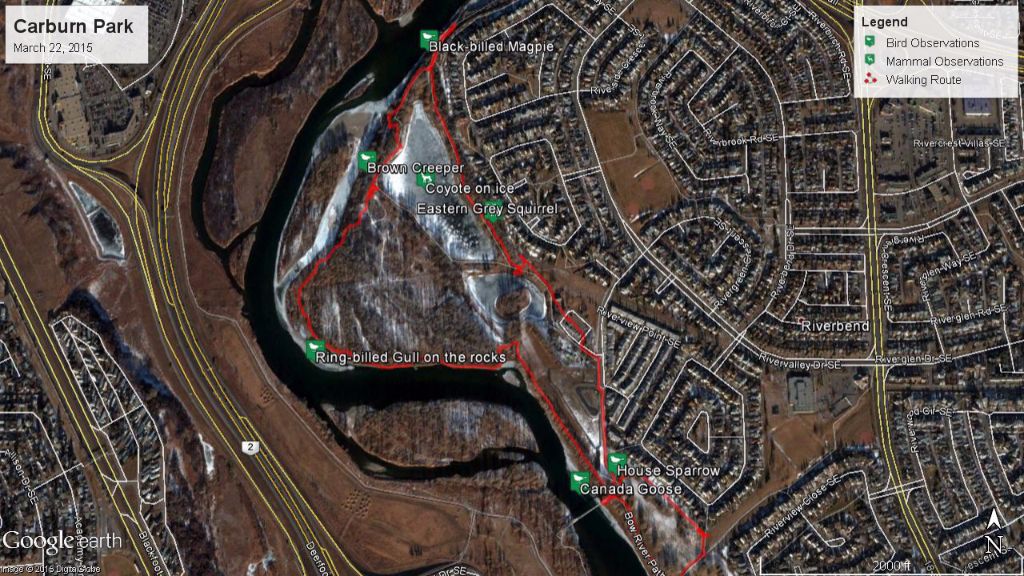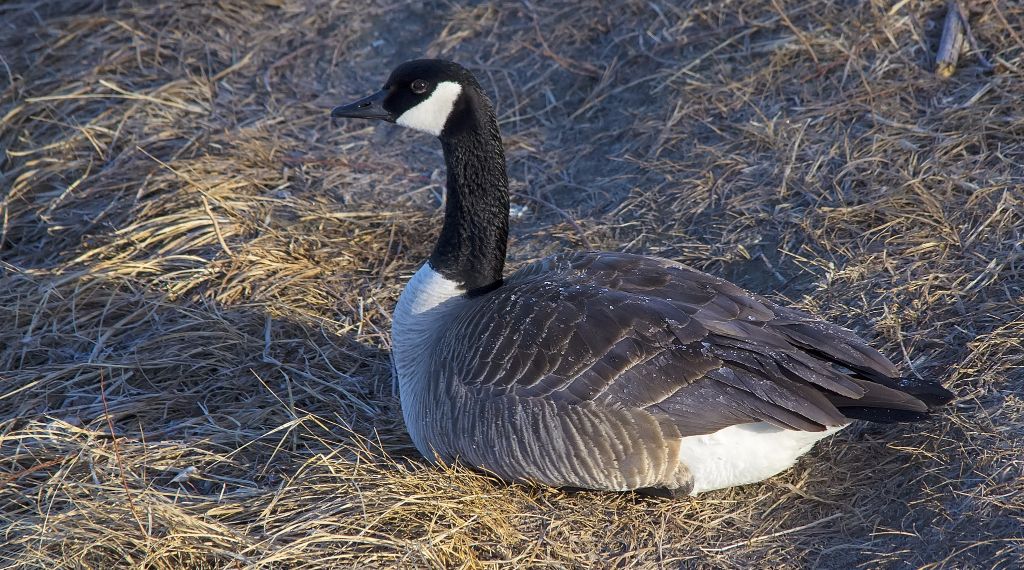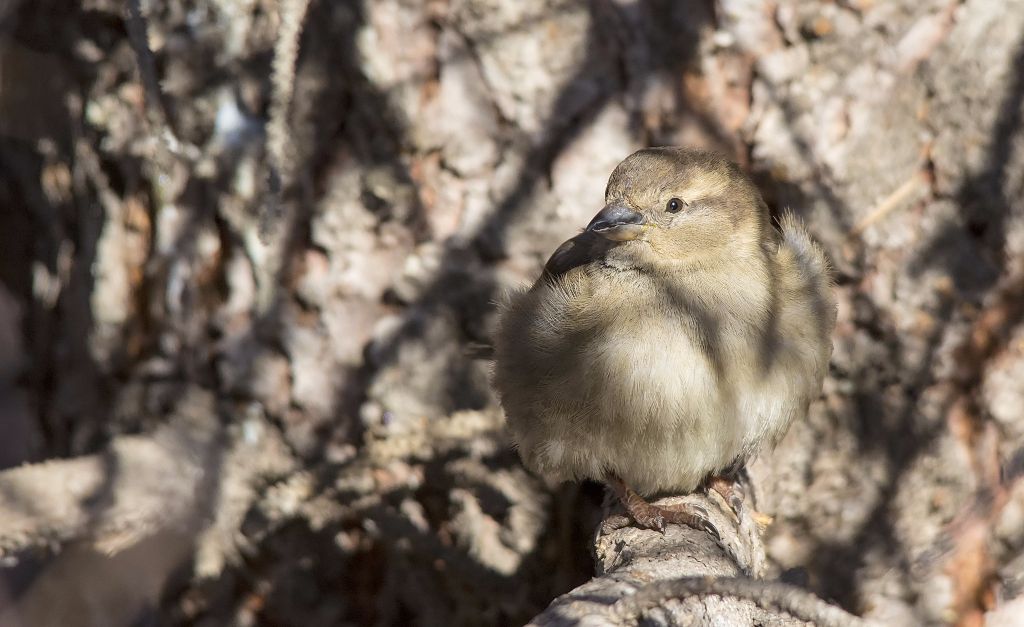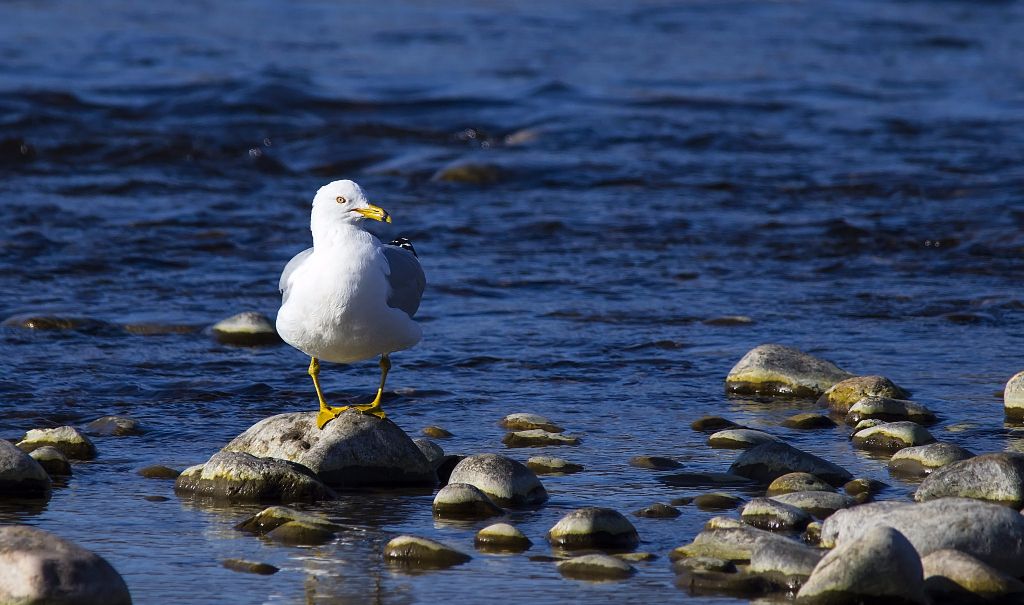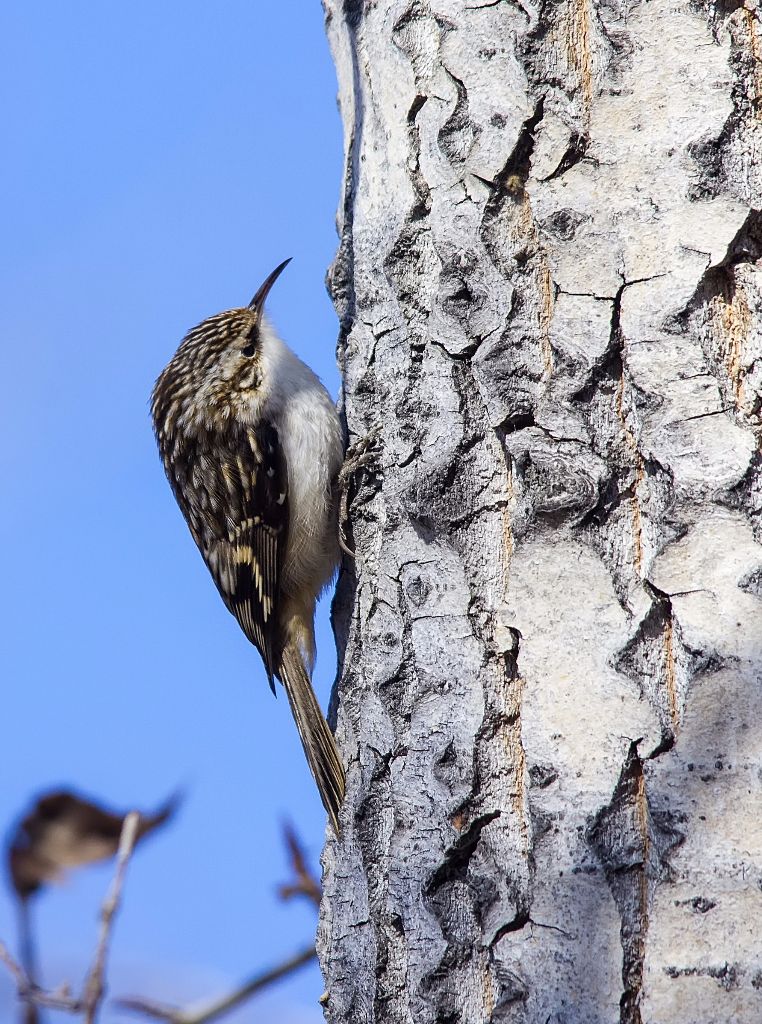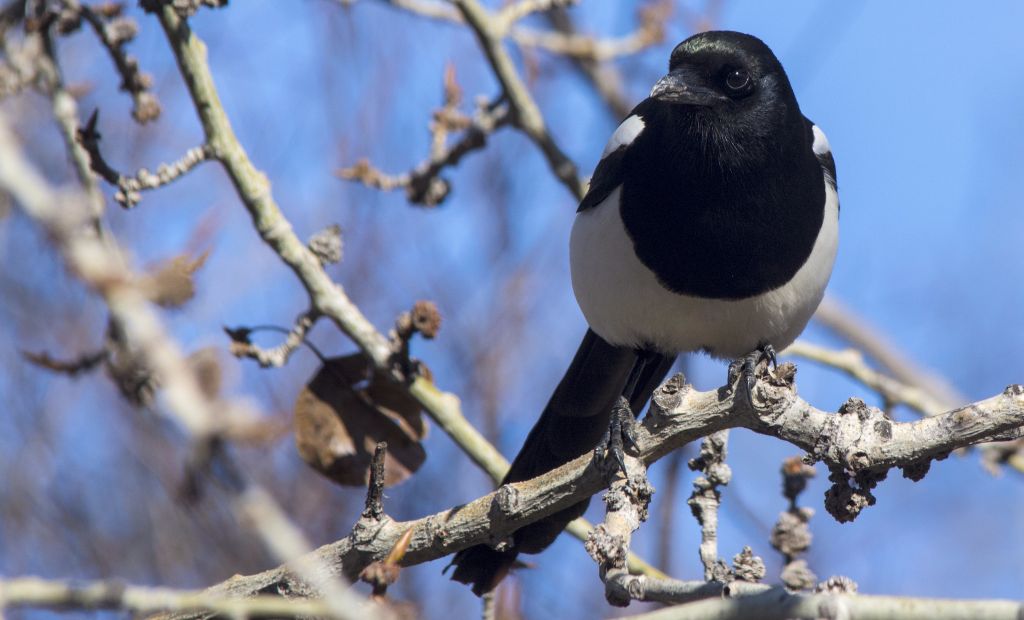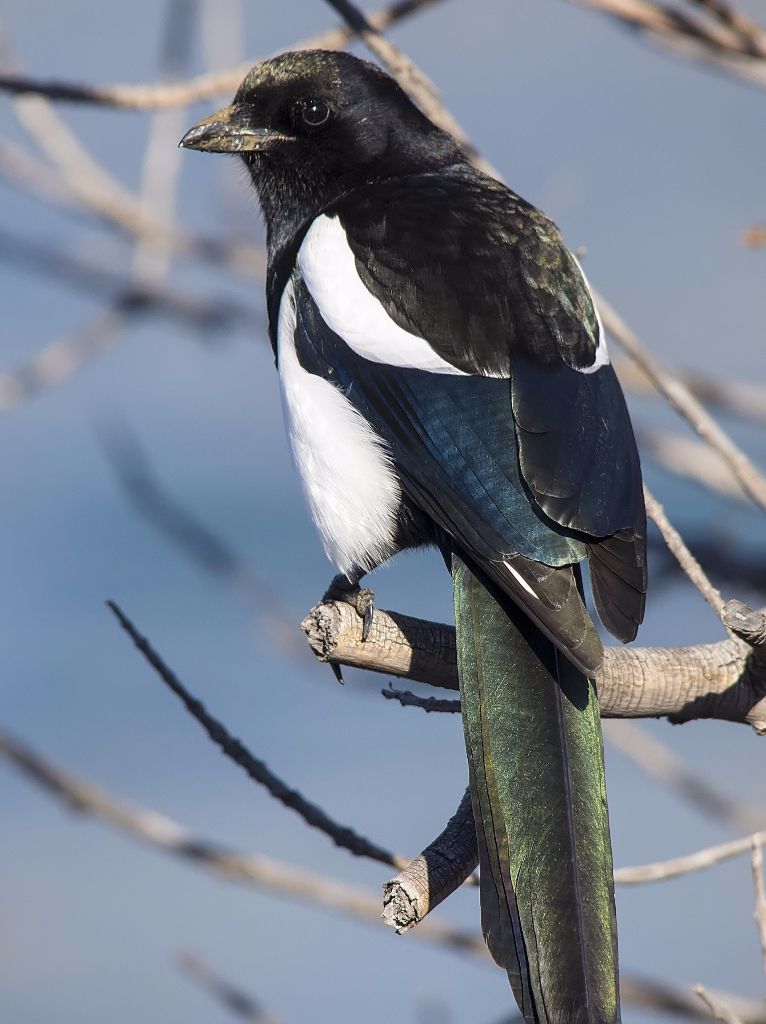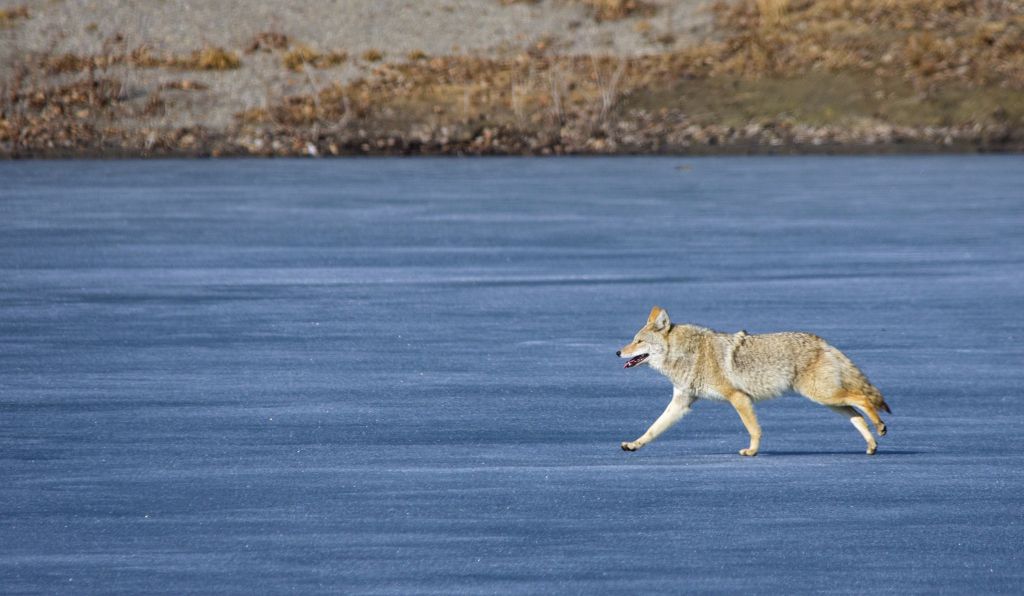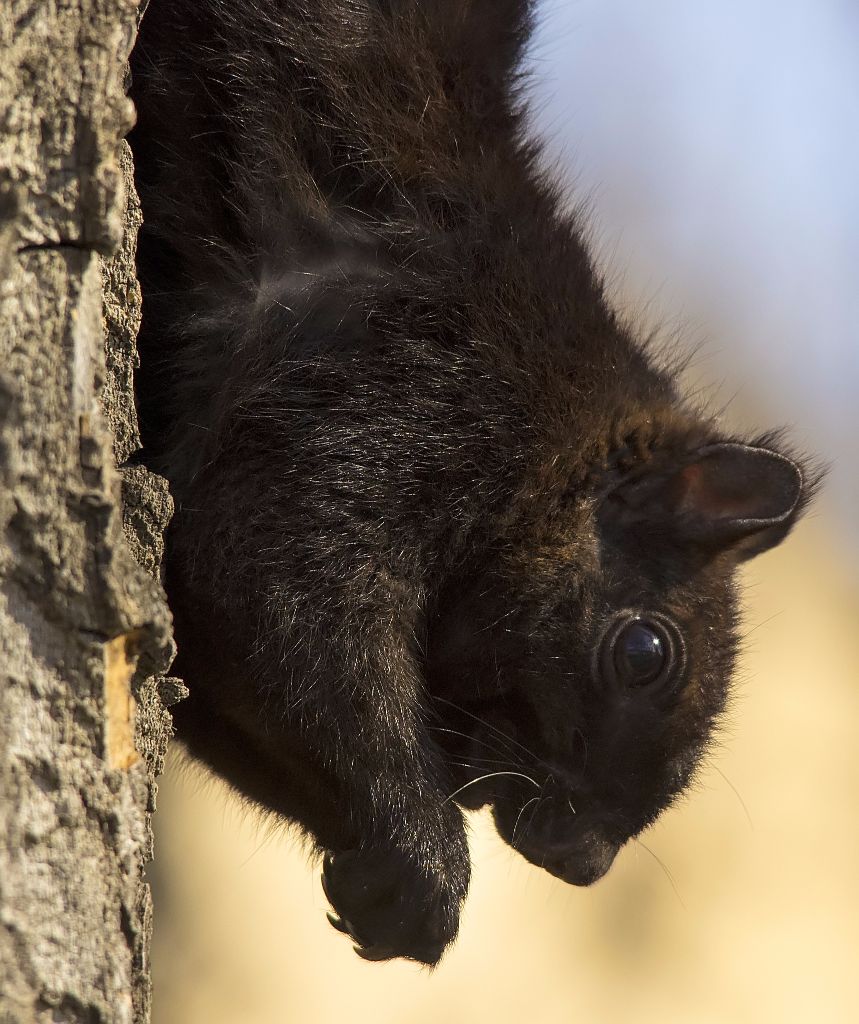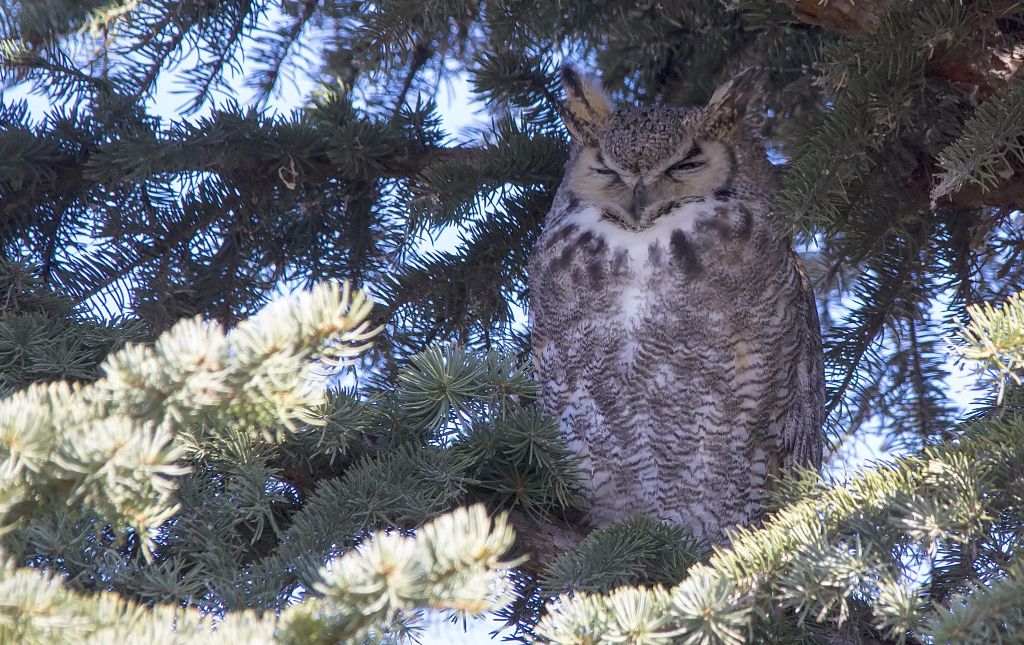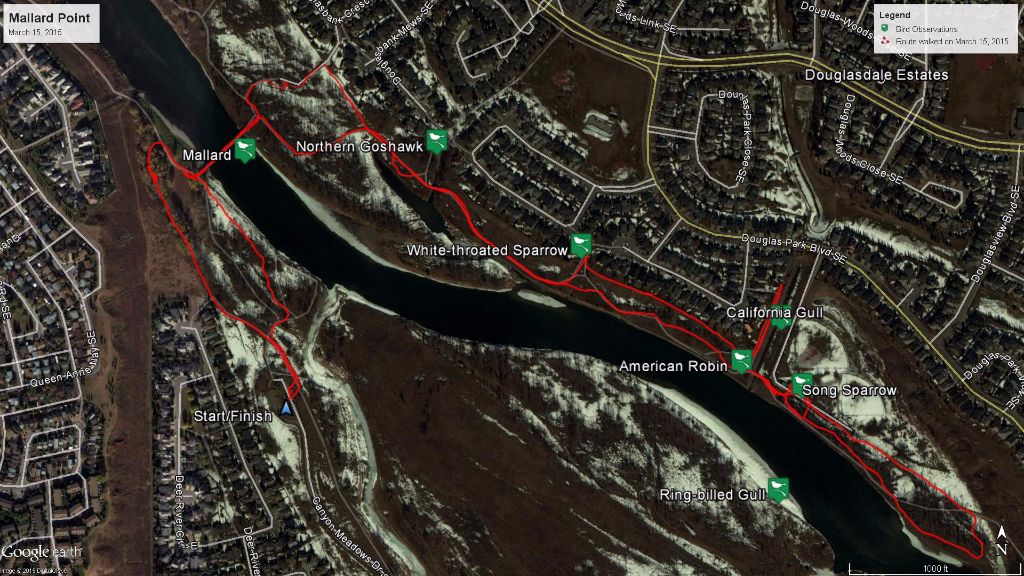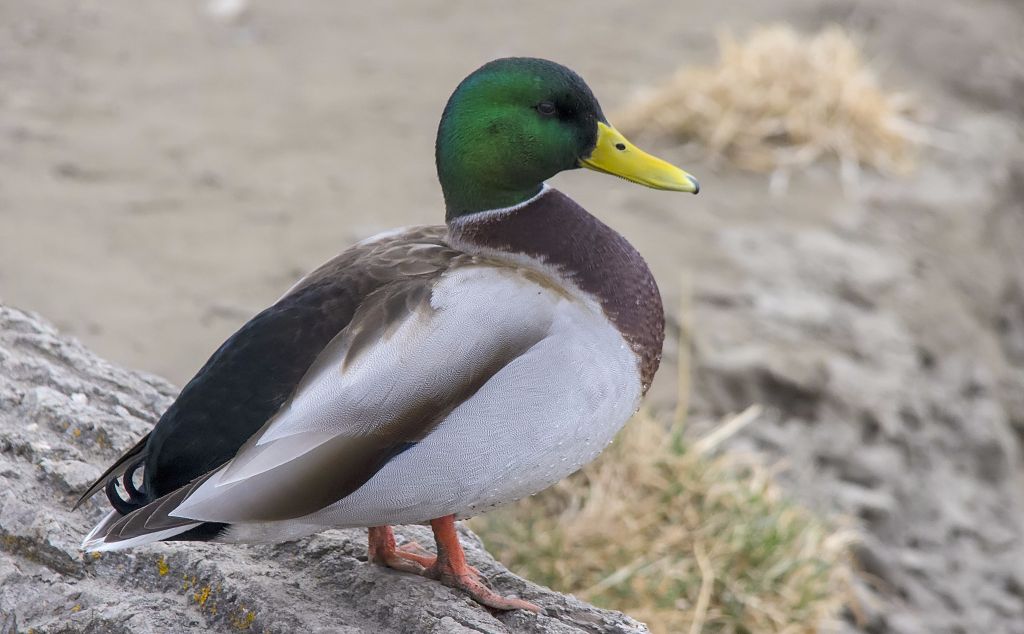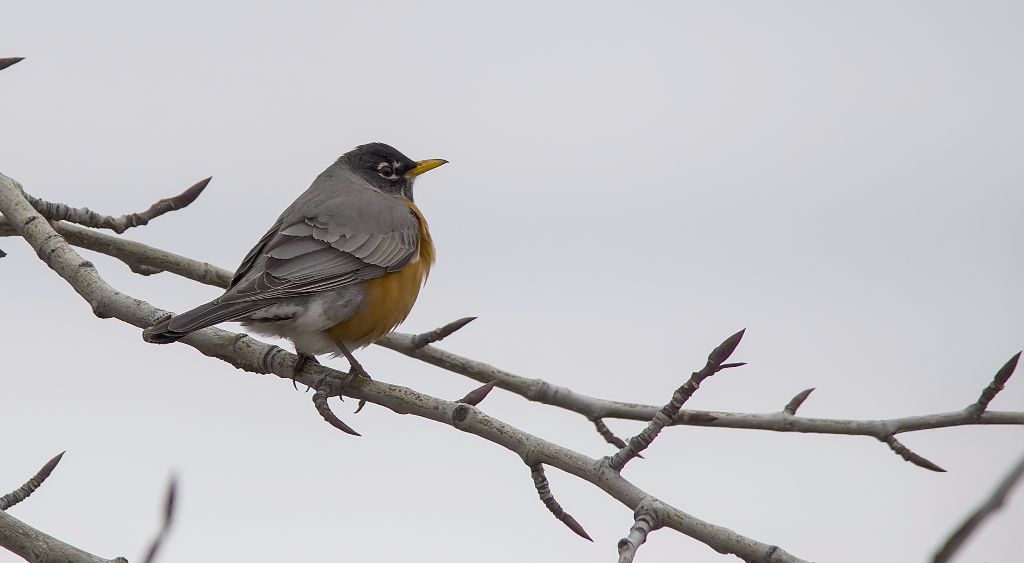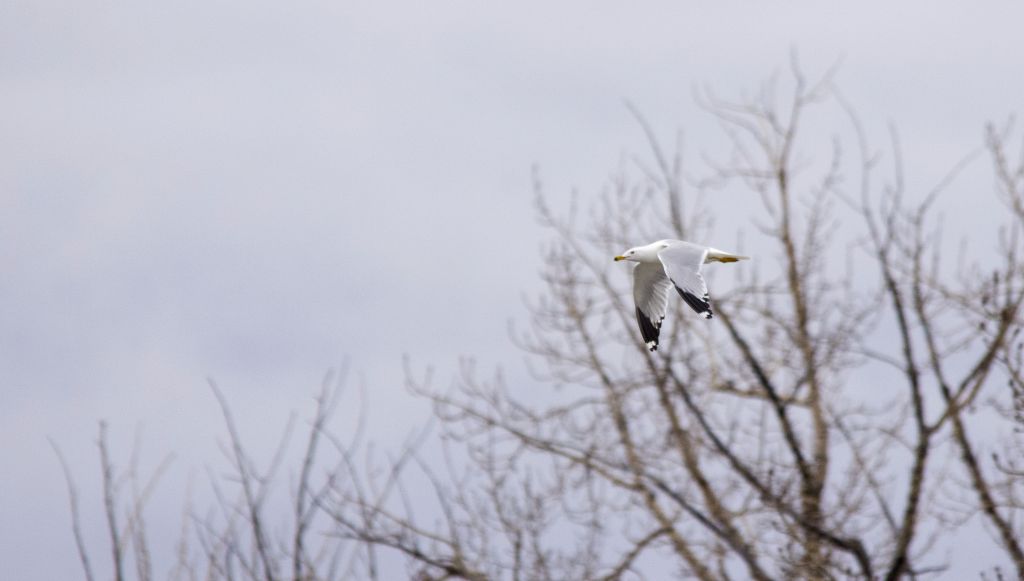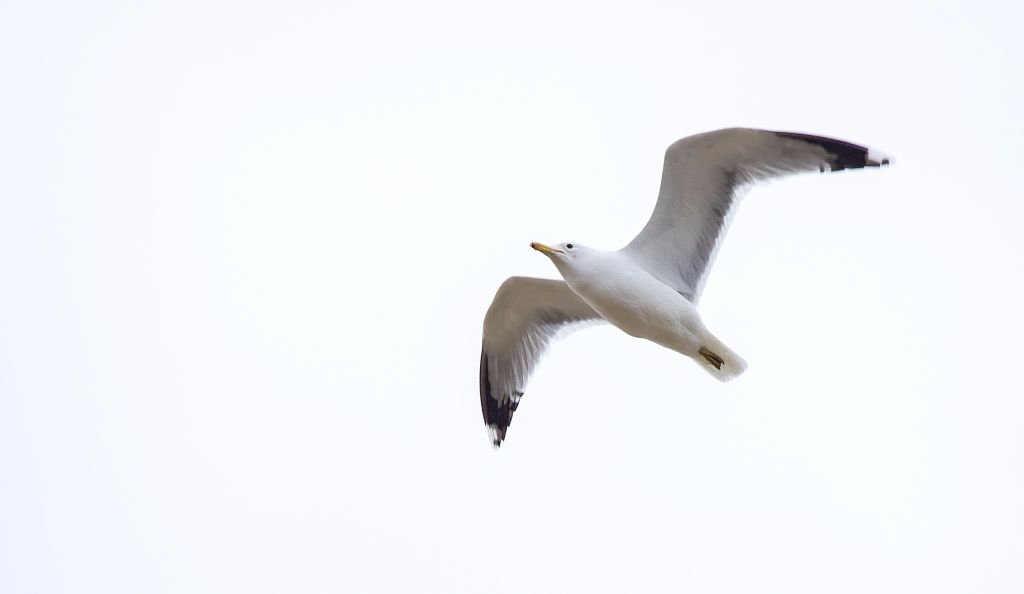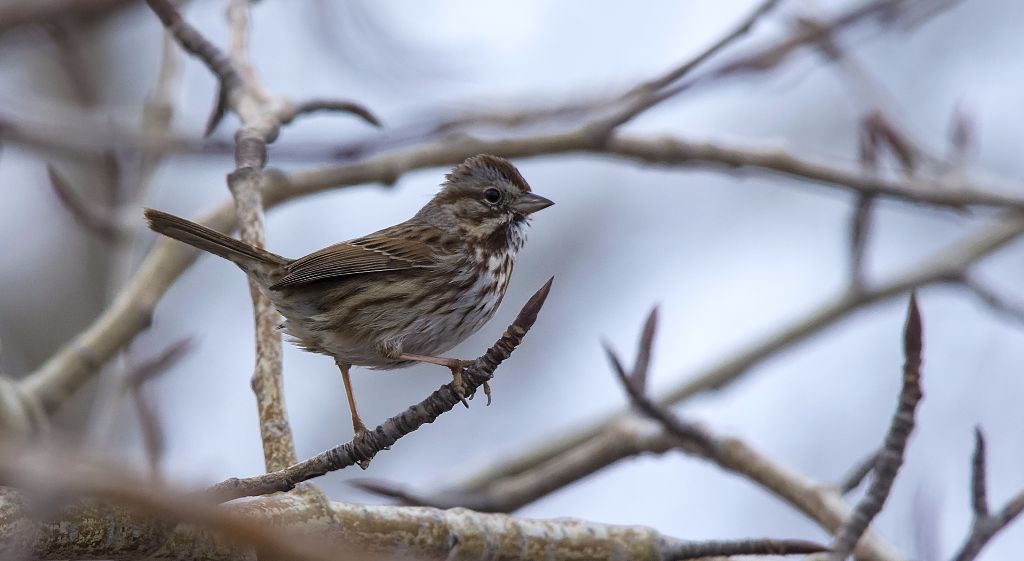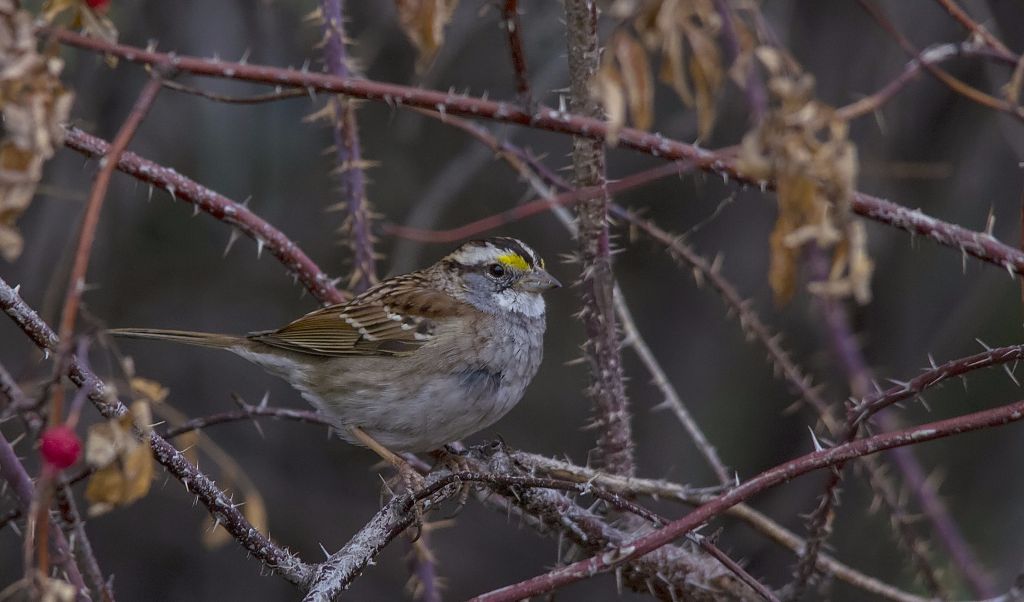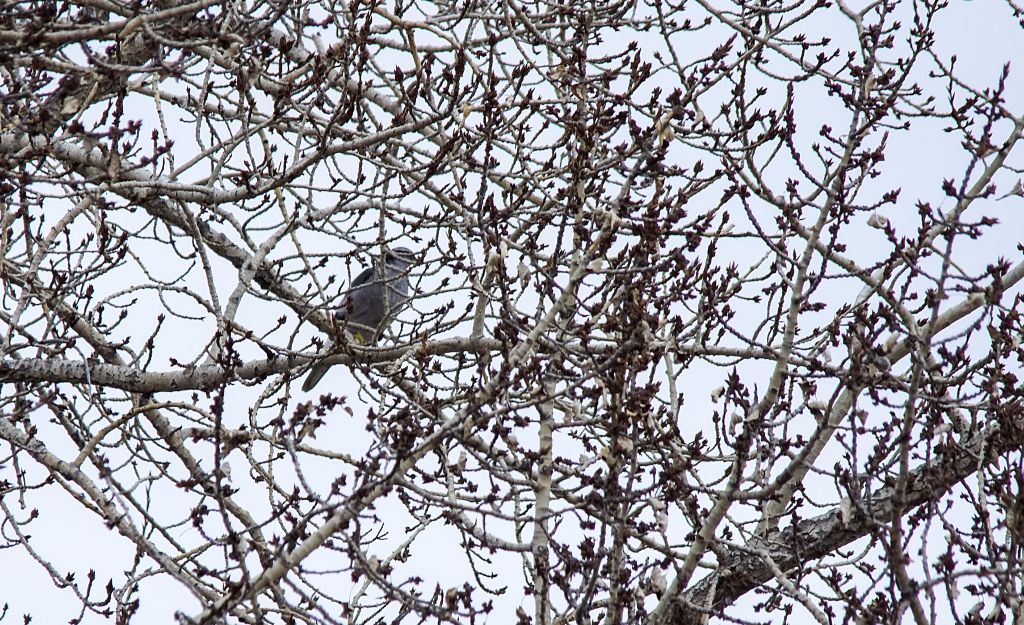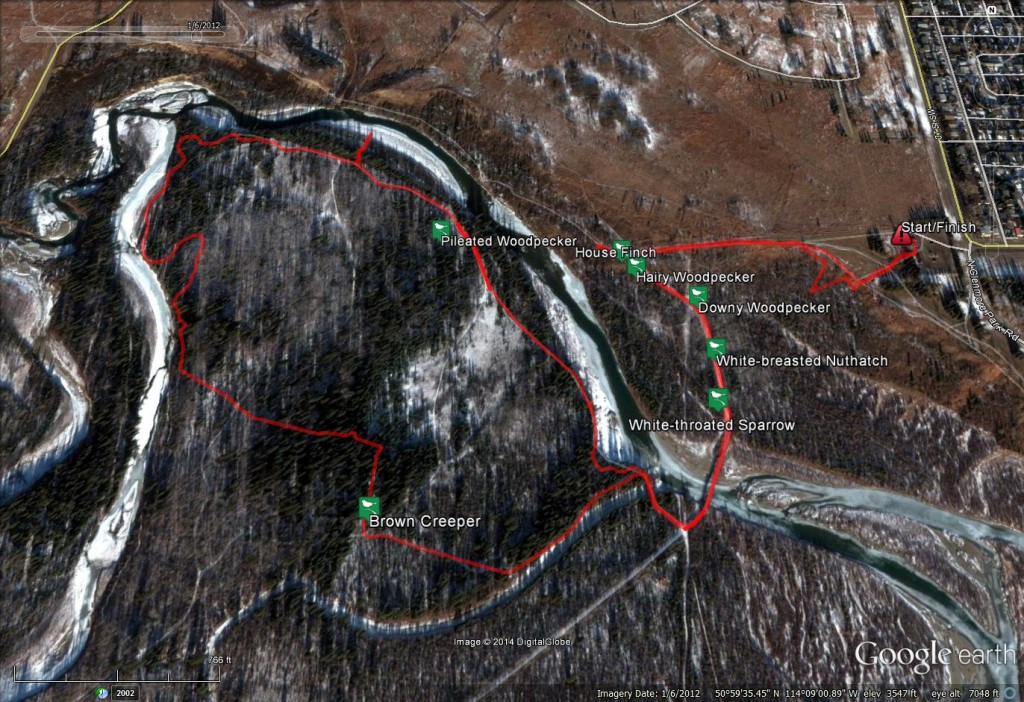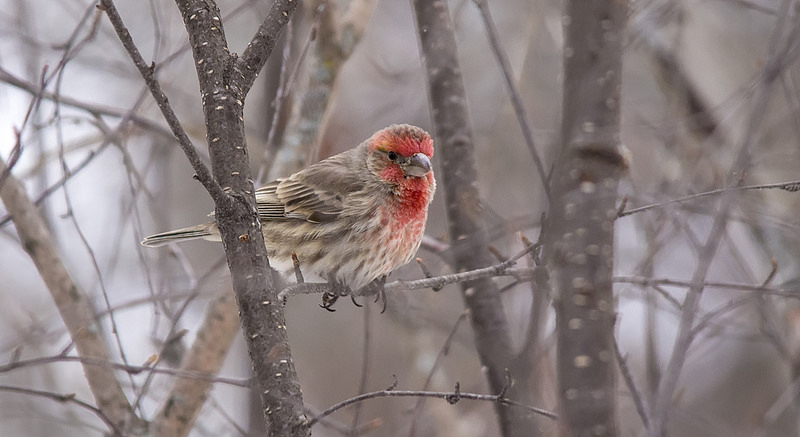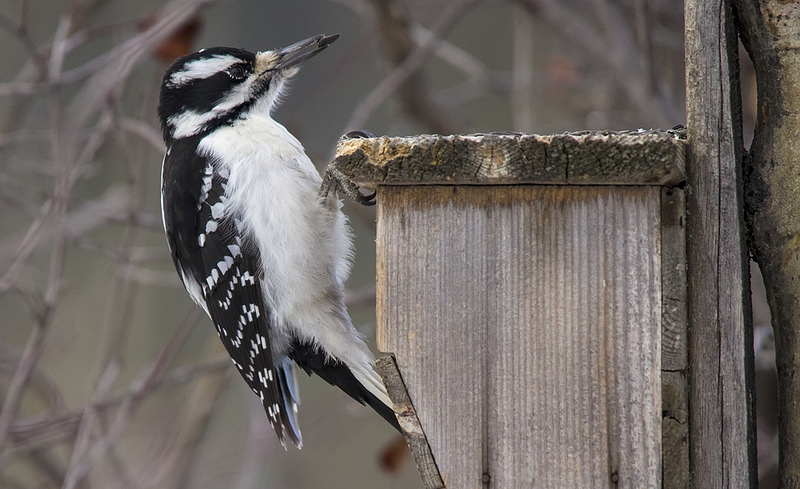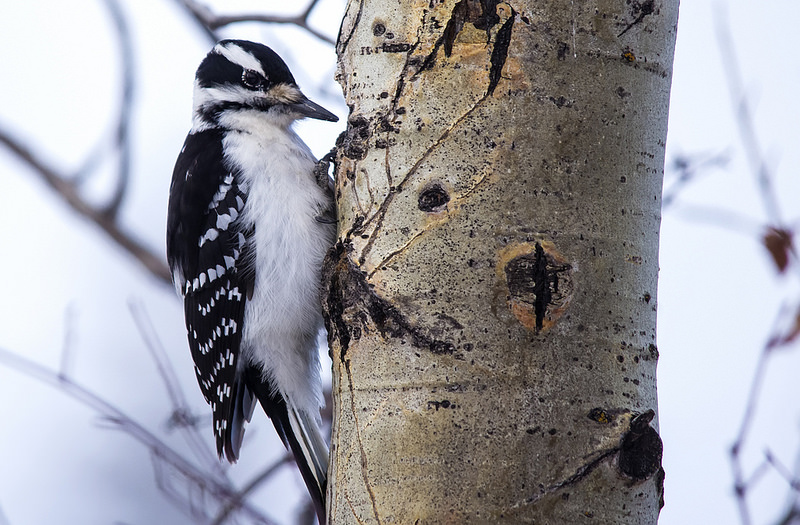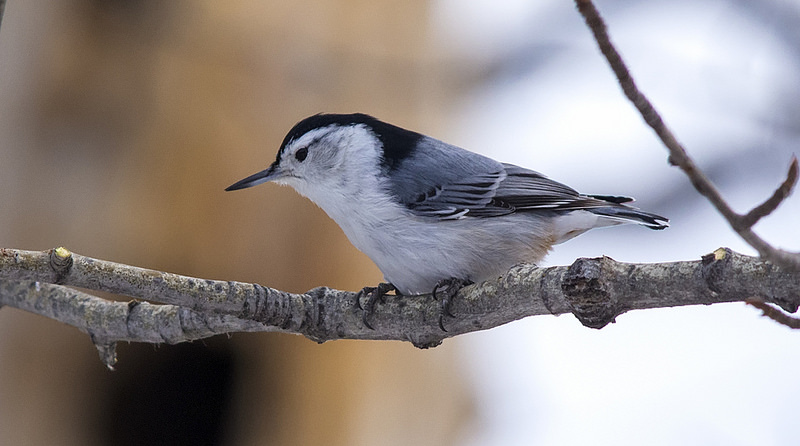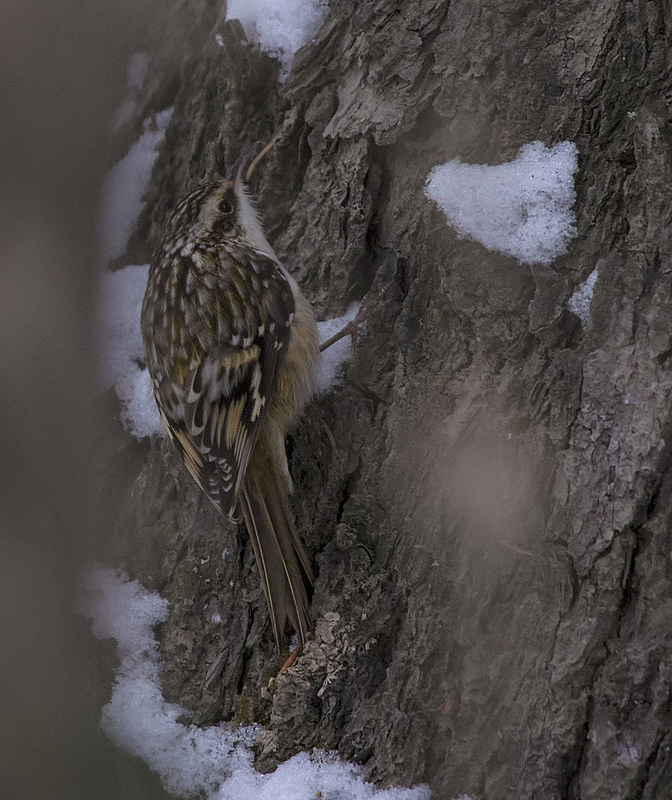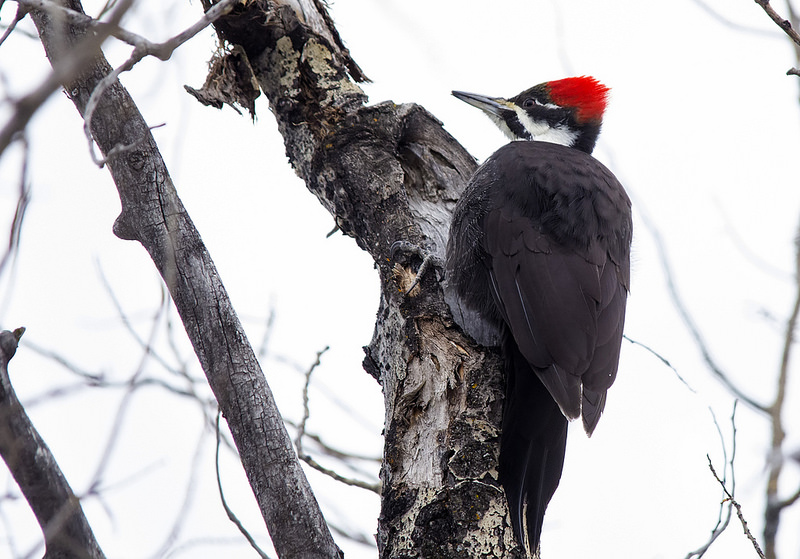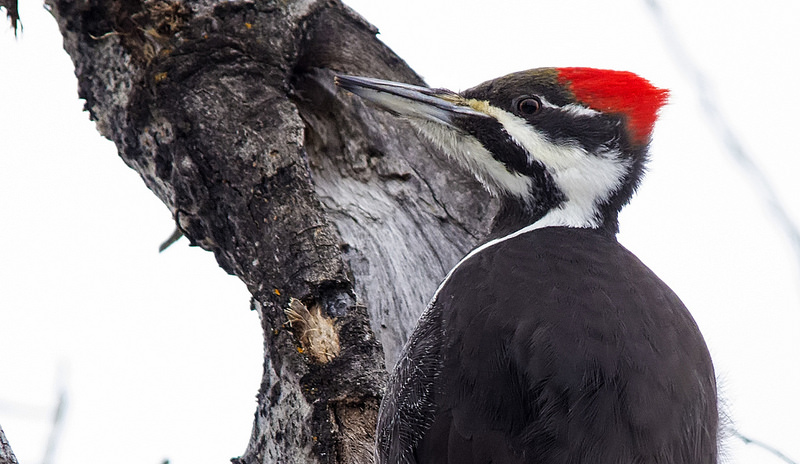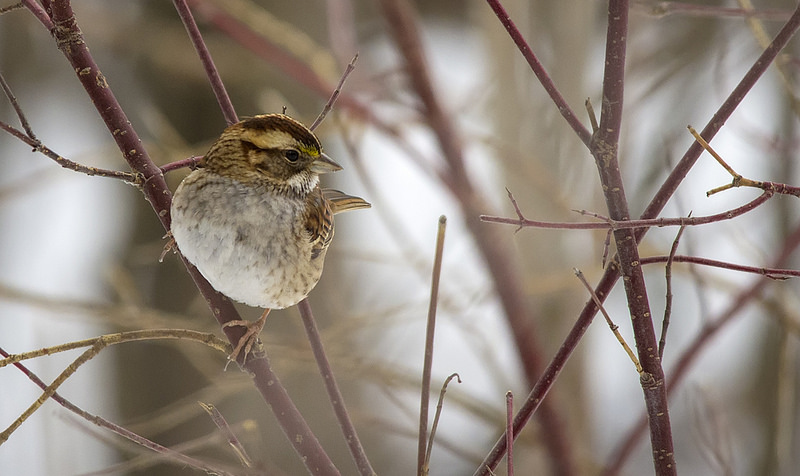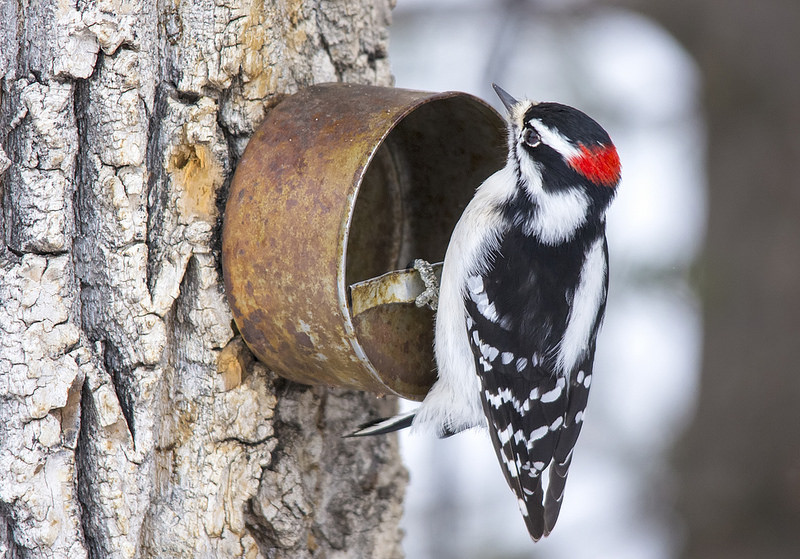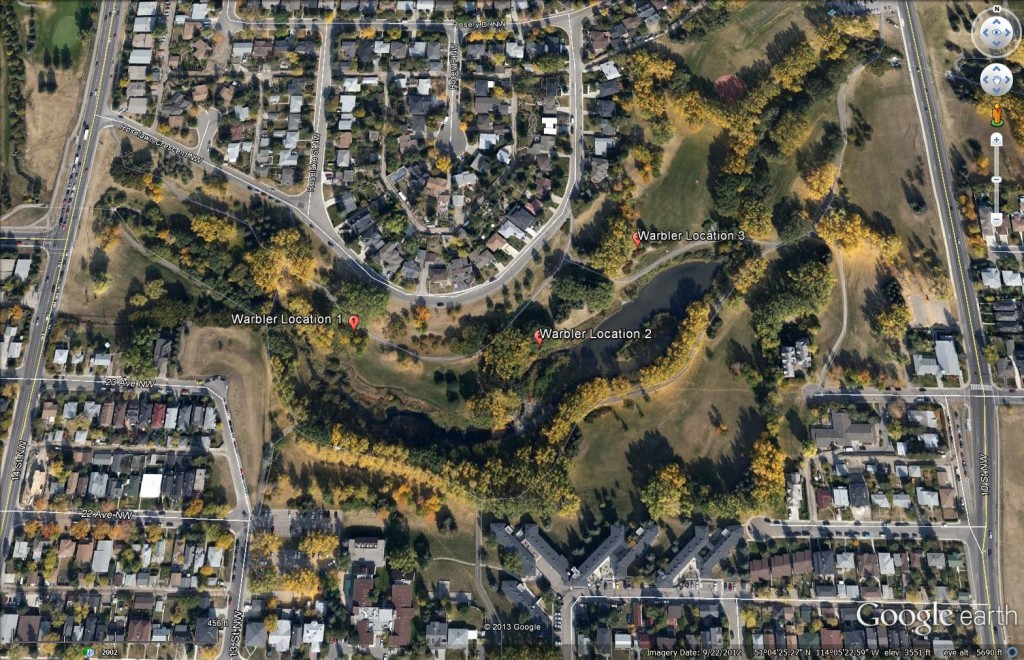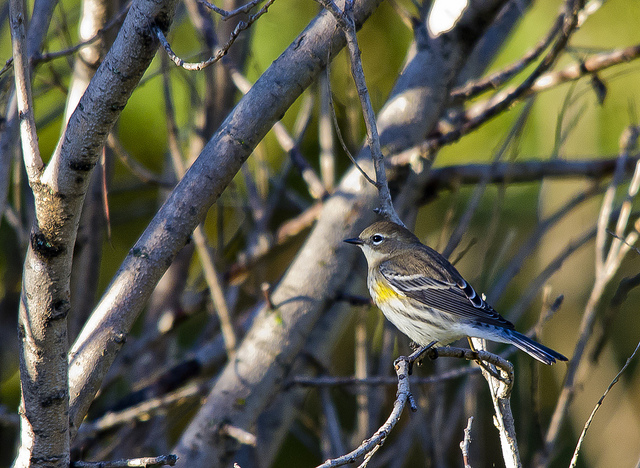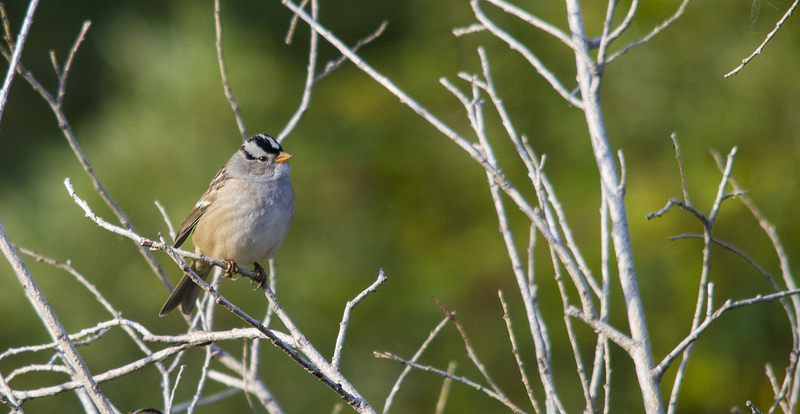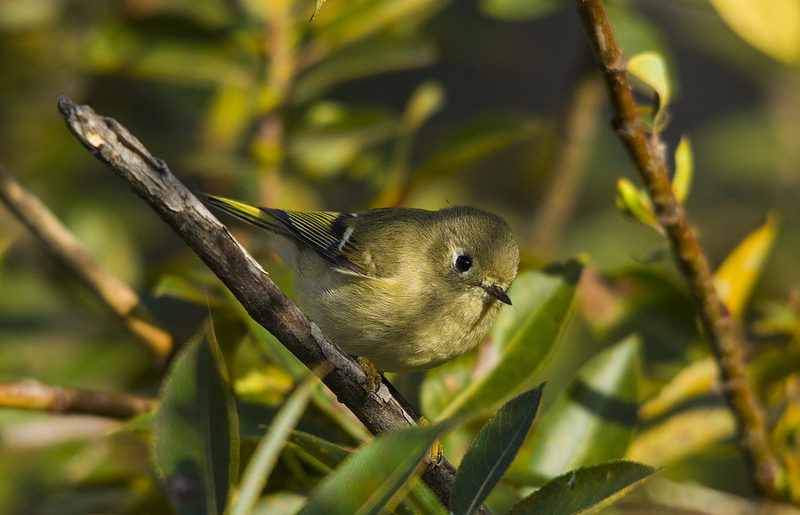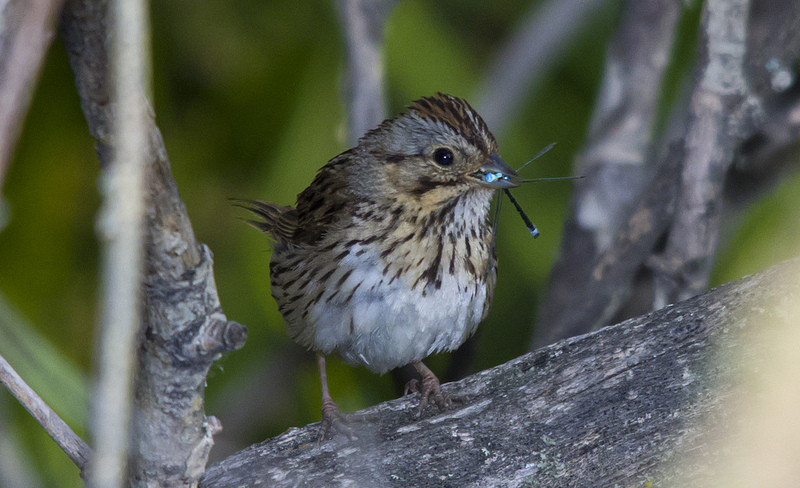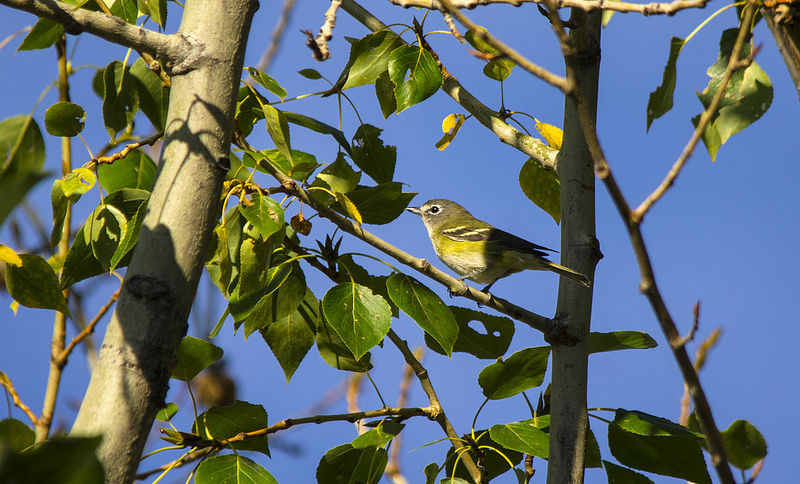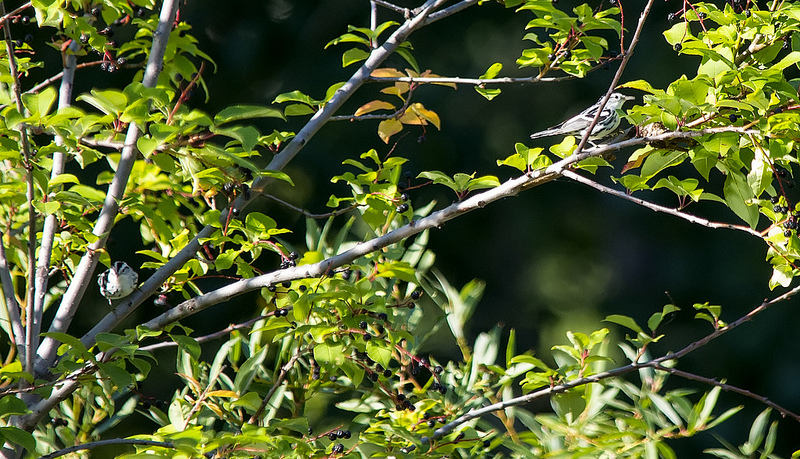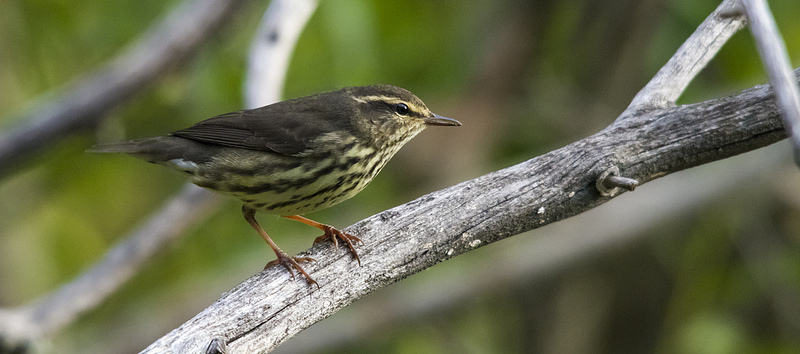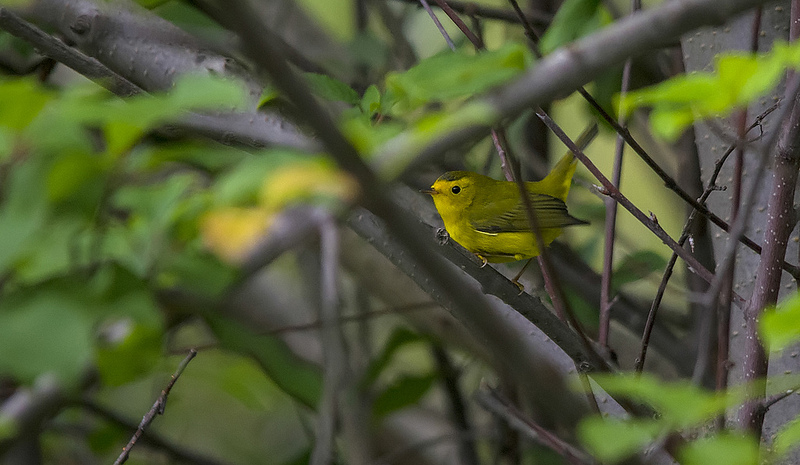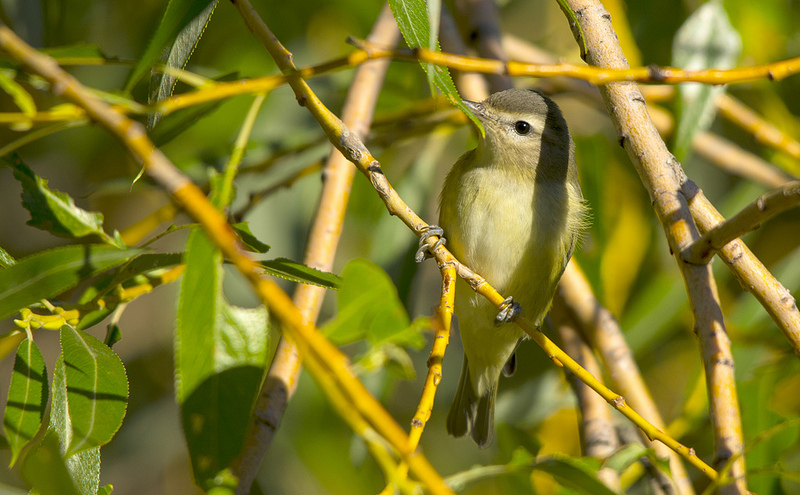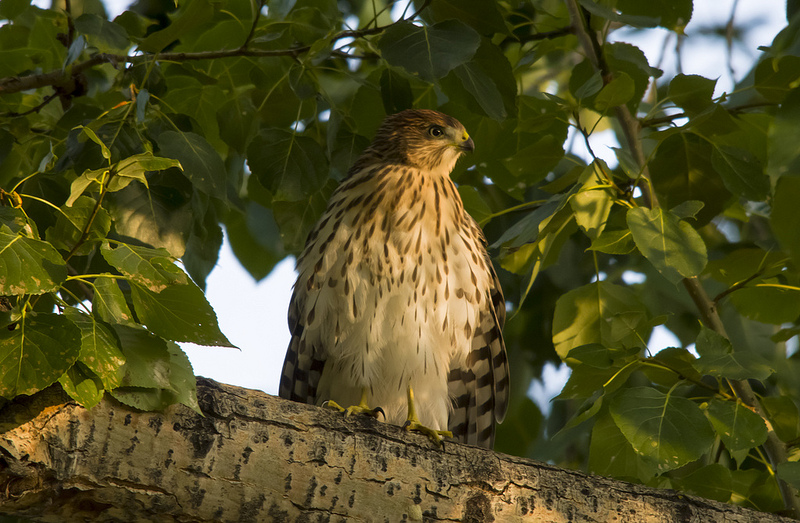Posted by Dan Arndt
Sorry for the late update everyone! We’ll be back to regular weekly posts tomorrow morning, so consider this a double-shot to finish off the Friends of Fish Creek Winter birding course with a bang!
Our outing on March 22 took us to Carburn Park on a bright, sunny, but slightly chilly morning. We had hopes of possibly finding some more early sparrows in the feeders near the park, or a new gull species or two, or even some early arriving hawks, but things did seem to slow down a bit after the initial spring migration rush from the previous couple of weeks!
We started off heading south into the sun so we could continue the majority of our walk with the sun at our backs and upon reaching the bridge and nearby gazebo we found a bit of activity. While there were a few indicators that while spring was officially here, winter, as always in Calgary, was still holding on strong. This Canada Goose was sporting a jacket of frost and was a little reluctant to begin the day until we walked across the bridge above it.
Nearby, the House Sparrows were hard at work foraging in the gazebo and preparing their nests in the eaves. This female stopped briefly to allow a few photos before continuing on to work on her nest building.
Quite often the gravel bars here at Carburn Park are full of gulls in the morning, and we always take a few minutes to pick through them to see if we can identify some locally uncommon species, but on this morning we didn’t have too many gulls as the fishermen had an earlier start than we did, and had flushed most of them before we really had a chance to take any good long looks at them. We did get up close and personal with this Ring-billed Gull though, so hopefully that’s a decent consolation picture!
We headed over to the larger ponds in the middle of the park and while they weren’t open and the couple beaver and muskrat channels had closed up a bit as well, but we did hear this little Brown Creeper in the trees nearby, and managed a few half-decent shots of this normally quite reclusive bird!
One nice surprise of the morning were a few photos I took of what we often consider a “trash” bird. I’ve always said though that if these birds weren’t so common around here, they’d be something that people would drive for hours just to see one and all the beautiful colors they can show off in good light. This Black-billed Magpie was trying to snap off a few twigs to take back to its nest nearby when we came across it and disturbed its hard work.
We ended off our walk by following the east edge of the ponds, and had a close encounter with some White-tailed Deer, a few Eastern Grey Squirrels, and this rather healthy looking Coyote that burst out of the trees well behind our group and ran across the pond. Much braver than any of us would have been, given the warm weather we’ve had all winter!
We ended off our walk looking for the Great Horned Owls who had nested right beside the parking lot the past two years, and we did manage to find this male keeping watch over the well hidden nest. Looks like he didn’t really appreciate us discovering him!
Watch this space tomorrow for our final update on the Winter Birding course!
Good birding.
